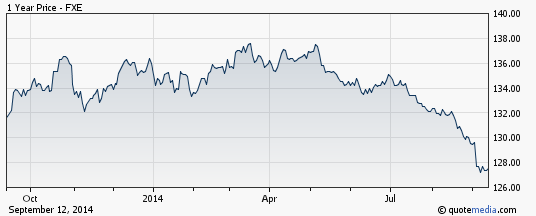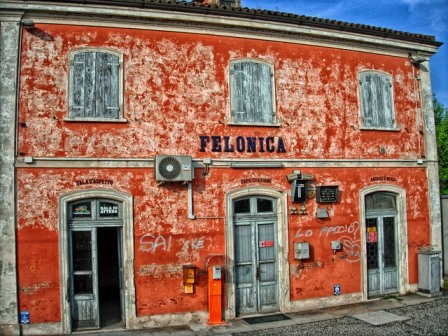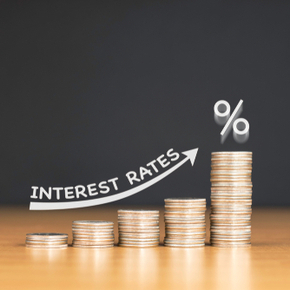A strengthening U.S. dollar means it might be an opportune time to book that European vacation you’ve long been fantasizing about.
You can thank Mario Draghi, the chief of the European Central Bank.

The euro/dollar exchange rate has weakened even further after Draghi recently announced a surprise interest-rate cut to help boost Europe’s soft economy.
Whether you’re envisioning yourself sipping barolo wine in Piemonte, enjoying gelato in Rome, or savoring brie in a Paris cafe, a rising greenback means American travelers can get even more of it in Europe.
Turning the tables
Currency exchange rates are heavily influenced by interest rates, as Jeremy Quittner at Inc. explains:
“What happens when your central bank cuts interest rates and the value of your currency declines? If you were America in 2009, following the financial crisis, you would have seen a flood of tourists breaking down your doors for cheap vacations and to go on shopping sprees for iPhones, designer jeans, and the like,” he writes.
Now, five years later, the tables have turned.
“In the wake of the European Central Bank’s decision to cut its main interest rate last week, which instantly caused the value of the euro to drop, Americans are expected to return the favor, pouring millions of dollars into the Old World as the value of goods and services decreases overseas,” Quittner added.
Tensions between Ukraine and Russia and expectations the Federal Reserve may finally begin raising interest rates in the U.S. have also played a likely role in driving the euro lower against the greenback.

Euro trashed
The value of the euro currency versus the dollar is at the lowest level in a year.
That means U.S. travelers have more purchasing power in Europe. (The UK has its own currency, the British pound sterling, which has also weakened recently versus the dollar.)

Right now, a euro equals about $1.30, and some expect the euro to weaken even more.
Goldman Sachs analysts recently said they expect the U.S. dollar will achieve 1-to-1 “parity” with the euro by end end of 2017. They cited a struggling European economy, falling prices and a “dovish” ECB.
A stronger dollar versus the euro would only make that European vacation more attractive to American travelers. Of course, currency exchange rates are notably volatile and unpredictable.
The allure of the off-season
In terms of timing a potential tour of Europe, we are past the summer peak season.
Some travel experts call the September-October period the “shoulder season” that has many of the advantages of peak season but with thinner crowds and cooler temperatures.
“You’ll have good weather, daylight that lasts long enough, less people and a tourist industry that is ready and eager to please,” writes Veronica Davis.
And if you don’t mind the cold, the winter off-season months could be the best choice.
“Say goodbye to big crowds and say hello to lower prices. You will pay less, at least most of the time. From airfare to hotels to B&Bs, it is cheaper all around in the off-season,” Davis says.
“Having Europe all to yourself is a dream come true for people who just want to take everything in without a lot of distraction. Shorter lines, less distractions, and cheaper prices mean you get to see more and do more,” she suggests. “If you don’t give a hoot about temperature, then just go there in the off-season. It’s the absolute best time of year to go – if your goal is to get the most out of the sights, architecture, and accommodations.”
Unless you’re lucky enough to win an all-expenses-paid European Vacation like the Griswolds, the trip is going to set you back.
However, the combination of a declining euro and off-season prices will make the trip a lot more affordable.
Continue learning: This top retirement destination offers an investing lesson
—




